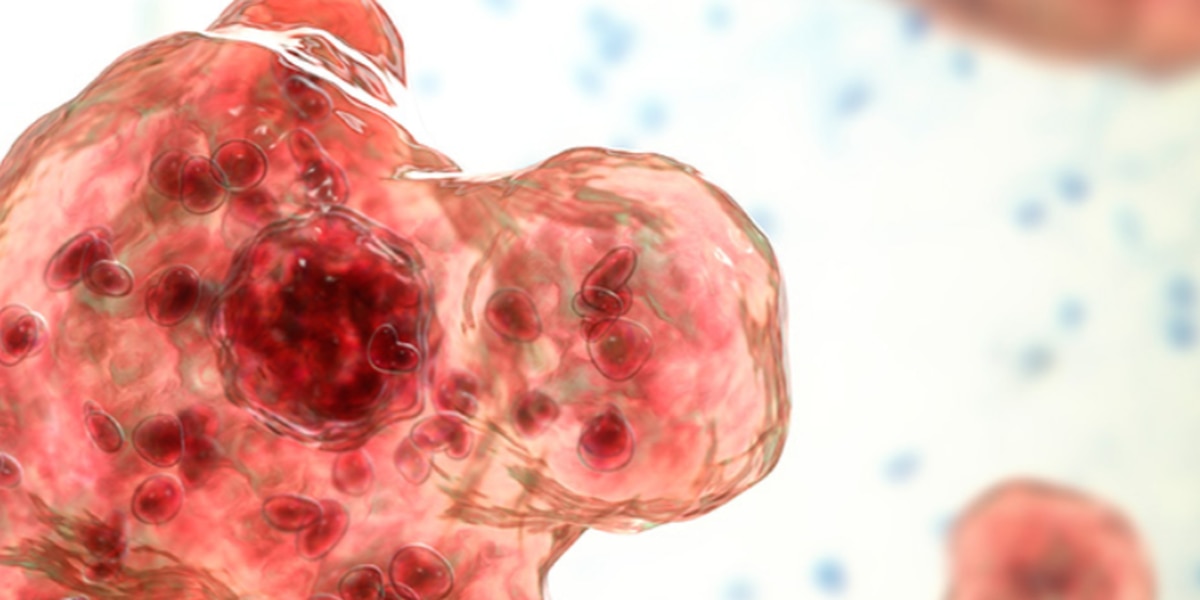Infection
Doctors worry brain-eating amoeba cases could increase
AUGUSTA, Ga. – Some scientists predict brain-eating amoeba cases, like the one that killed a local resident recently, could grow since we’ve had record heat and water temperatures are increasing.
The amoeba, naegleria fowleri, can enter the body through the nose and travel to the brain, resulting in an infection.
While cases are limited over the years, a Georgia resident died from the infection after being hospitalized at August University Health.
Prior to this confirmed case, there have been five other cases reported in Georgia since 1962.
Brain-eating amoeba is a microscopic parasite found in warm, fresh bodies of water like hot springs or lakes, and that’s where the Georgia resident became infected, according to health officials.
You can’t get it by accidentally swallowing the water or through a cut. The only way to get infected is by getting it far up your nose by diving or cannonballing into a lake.
Although infection is rare, the disease has a 97% fatality rate since symptoms are common at first. The disease is usually only diagnosed when it’s in the late-stage and symptoms progress to more severe illness like hallucinations and seizures. By that point, it’s usually too late to treat the disease effectively.
There are only about 10 cases per year, but experts say because the amoebas live in warm, fresh bodies of water, they expect to see that number increase with rising temperatures.
Dr. Wassim Ballan, an infectious disease specialist at Phoenix Children’s Hospital, said there are concerns about cases rising, as well as a number of other infectious diseases.
“We are probably going to see a change in trends because of the climate changing and the temperatures rising,” Ballan said. “So there is a lot of concern in the infectious disease community about a lot of different infections, including amoebic infections becoming more common as the climate is warming.”
He also said parents who notice their child feeling unwell after a day of swimming should get them checked out right away. Early symptoms usually start five days after infection. They include sudden fever, headache, and stiff neck. Because the amoebas can only be deadly by entering through the nose, doctors recommend you not jump or dive into the water and instead hold your nose or wear nose clips. Or better yet, keep your head above water.
Digging in shallow water is also not advised since it stirs up the sediment where the amoeba live. It’s important to note there haven’t been any recent cases at Saguaro Lake. Since they started tracking the disease in 1962, there have been only 160 reported cases, so it’s infrequent. Still, Ballan said it isn’t worth the risk when prevention is so easy.
For more information on naegleria fowleri, visit the Centers for Disease Control and Prevention’s website.
How to keep yourself safe?
Though the risk of infection is low, officials say recreational water users should always assume there is a risk when they enter warm fresh water.
If you choose to swim, you can reduce your risk of infection by limiting the amount of water that goes up the nose.
The CDC recommends the following:
- Avoid jumping or diving into bodies of warm freshwater, especially during the summer.
- Hold your nose shut, use nose clips, or keep your head above water when in bodies of warm fresh water.
- Avoid putting your head underwater in hot springs and other untreated geothermal waters.
- Avoid digging in, or stirring up, the sediment in shallow, warm fresh water. The amoebae are more likely to live in sediment at the bottom of lakes, ponds, and rivers.
Copyright 2023 WRDW/WAGT. All rights reserved.

